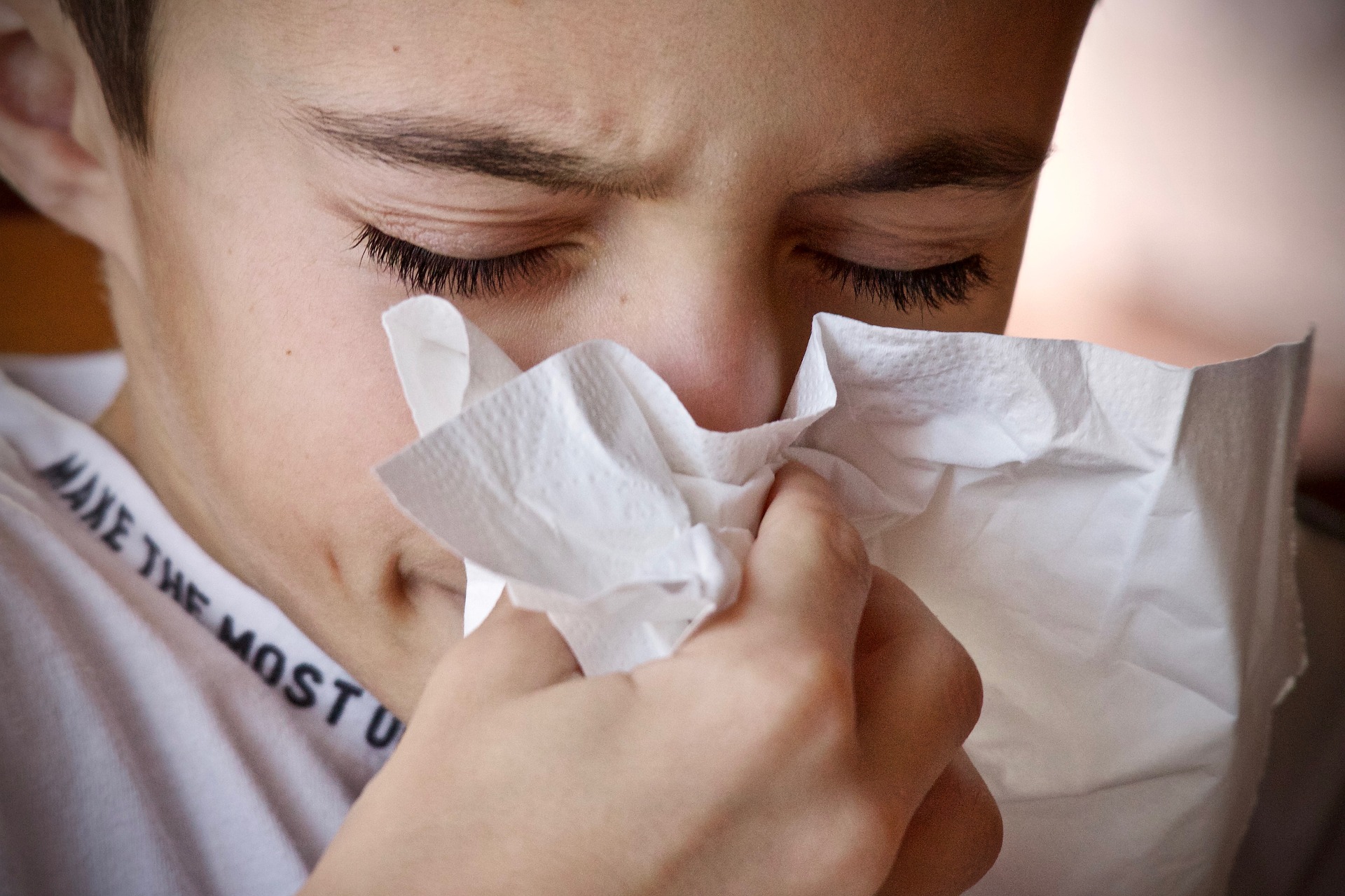

It’s the most wonderful time of the year: we’ve all spent a couple of weeks mixing and spreading viruses thanks to the holidays, and now we’re ready to roll into full-blown flu season. Close proximity and cold weather both promote the spread of influenza, so we’re now on the upward swing toward peak illness.
Last year’s season was historically bad, both in terms of the total number of folks who fell ill and the total number of people who died. There’s no real way of knowing just how severe this year will be, but now that we have data through the end of December we can begin to see how things are shaping up.
It’s not a particularly mild year for flu
Every so often we have especially tame seasons, with low levels of illness and few deaths. Sometimes these fall after particularly nasty flu years, since the circulating viruses may be similar enough for people to have some residual immunity—so you may have hoped we’d get a break this year. Unfortunately this is not one of those years, at least when it comes to how many people are getting the flu. As you can see here, we’re already above the peak levels of some of those milder years and we’re not yet through January.

This chart is only current through the end of December 2018, since that’s the most recent data that the Centers for Disease Control has analyzed—flu activity right now is probably even higher than this. We also aren’t sure how many deaths have occurred so far, since that data lags even farther behind. There have already been fatalities, though, including children, and there will only be more as the season progresses.
One positive sign is that more people have gotten their flu shots this season than they did during the last one. By November 2018, the CDC estimated that 44.9 percent of adults had gotten vaccinated, whereas even by the end of the 2017-18 season only 37.1 percent had. To really achieve herd immunity, we’d need an immunization rate of at least 70 percent, so we’re still a long way off—but this is an important step in the right direction. It’s only been about a decade since the CDC even started recommending that healthy adults get their flu shot, so hopefully, our habits will keep improving.
Some states still haven’t reached full flu season
On top of national data, the CDC also tracks how influenza is spreading on a state level. Some states are way ahead of others, as you can see here:

Just a few weeks ago, very little of this map was red. Now, most of the South is experiencing high levels of flu activity. Soon we’ll see it sweep into the rest of the country, though there’s no telling how fast or in what pattern. But if you’re in a state that isn’t yet inundated, you’re likely to see an uptick sometime in the next couple weeks.
Now is the time to get your vaccine
Speaking of an uptick: if ever there were a time to get your belated flu shot, this is it. It’s never really too late (okay, maybe June would be a little useless). The best time to do it was yesterday—the second best time is today. If you’re one of the millions of Americans who told themselves they’d get a flu shot early and then never actually got around to getting one, don’t let your inertia keep dragging you down. Go to your nearest pharmacy and ask for one today.
